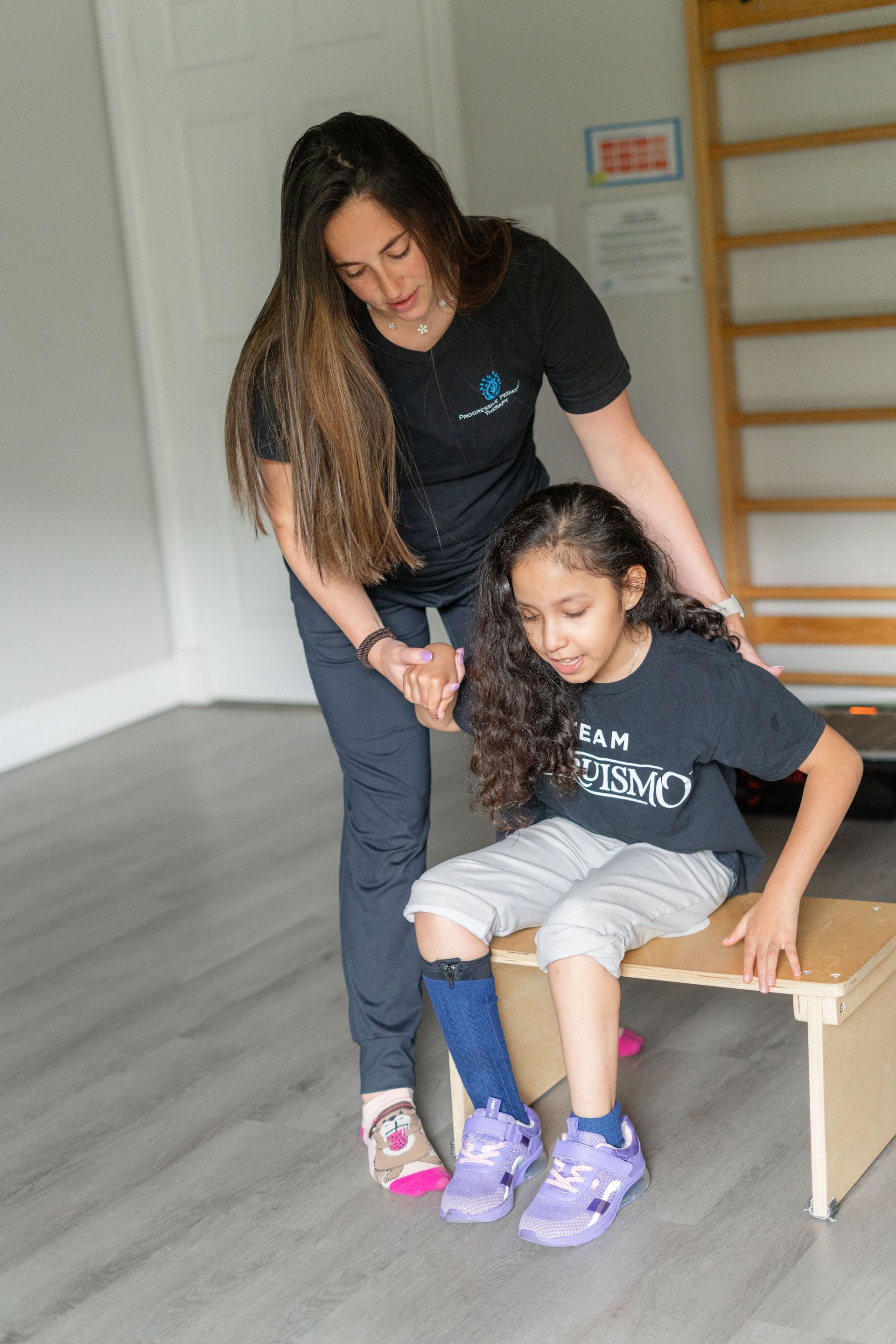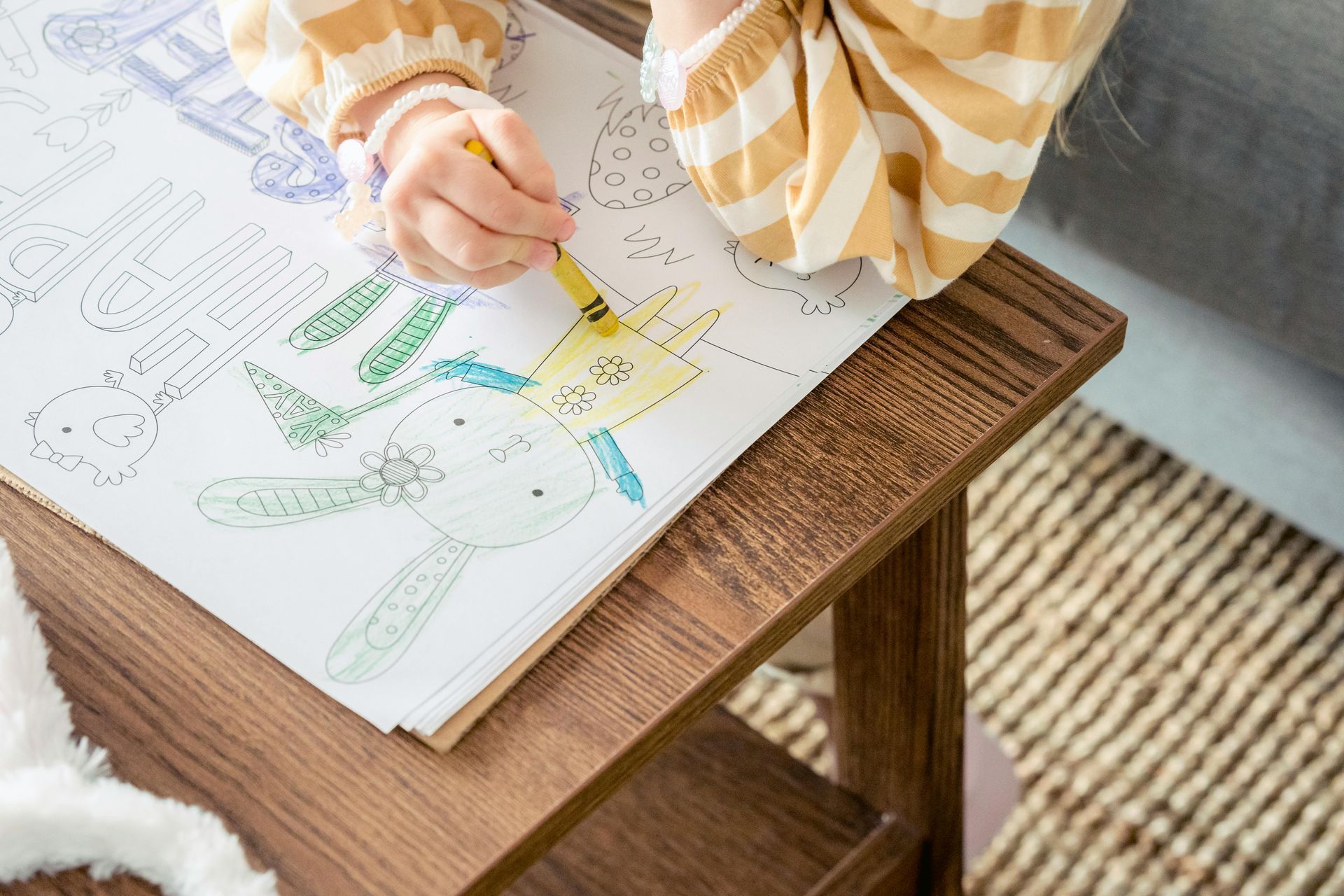Your Clinic
SET A LOCATION
Your Clinic
SET A LOCATION

The power of books is not just limited to children who have already learned to read. Our early language users can practice important skills, like print awareness, when reading with an adult. Print awareness is the understanding that written language has meaning and is related to oral language. (Ages 4-5)
How can I practice this with my child?
Asking and answering questions are an important skill in developing language. They are used in almost all settings, including in conversations, in the classroom, and even on the playground. Typically, kids develop an understanding of “what” questions first (ages 1-2), then “who” and “where (ages 2-3), and finally “when” and “why” (ages 3-4).
How can I practice this with my child?
These concepts can be tricky for kids to master as they involve a number of skills. Children need to remember the details of the story, put them in order, and categorize the information as “important” or “not important”. (Ages 4-5)
How can I practice this with my child?
Predicting and inferencing are important skills for language development because they involve both the receptive and expressive components of language. Children must use their receptive language skills to recall the story and comprehend the language. Then they use the expressive language skills to organize their thoughts and share them aloud with you. (Ages 5+)
How can I practice this with my child?
Books can also be used to target speech sounds that your child is having difficulty with. Books with repetitive phrases like “Brown Bear Brown Bear” for the /b/ sound and “Llama Llama Red Pajama” for the /l/ sound can provide ample opportunities for practice. As we all know, practice makes progress! (Ages 3+)
How can I practice this with my child?
The post Let’s Read! Book & Early Language Skills appeared first on PPT4Kids.









We empower children, families, and the community to learn, grow, and celebrate every child's unique abilities.
Quick Links
Contact Details
Phone: 561-376-2573 | 561-918-0190
Fax: 561-218-4939
VIP Concierge: 561-717-1764
Clinic Locations
All Rights Reserved | Progressive Pediatric Therapy, Inc. | Privacy Policy | Terms of Service
Site by Spearlance